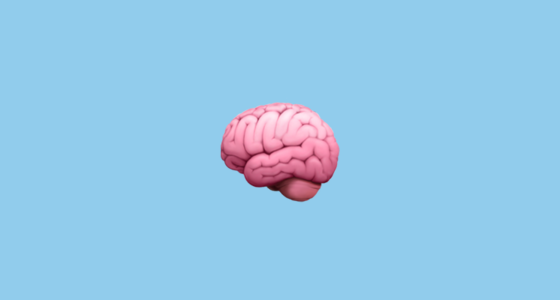
From a very young age, I knew I had ADHD.
I was always the child sitting at the island desk—pulled away from my classmates because I was “too disruptive.” For my teachers, strategically placing me in a classroom was like a puzzle. They tried to find a spot where I wouldn’t be distracted, but more importantly to them, where I wouldn’t distract others.
Despite these early signs, I wasn’t formally diagnosed with ADHD until I was an adult, which isn’t uncommon. About 60 PERCENT OF CHILDREN with ADHD still have it as adults—that’s about 4 percent of Americans, or 8 million adults—but less than 20 percent of adults who have ADHD have been diagnosed or treated.
While I can’t remember the last time my boss had to relocate me to a different cube, adult ADHD can make even the simplest behaviors—focus, organization, attention to detail, time management—extreme challenges in the workplace.
What’s often just as difficult as managing these symptoms is communicating these challenges to managers or team members. ONLY HALF OF ADULTS with ADHD are able to maintain a full-time job, compared to 72 percent of adults without ADHD. As with any mental illness, there is still stigma surrounding ADHD, but maybe communication in the workplace is a good start.
So in celebration of NAMI (National Alliance on Mental Illness) Mental Illness Awareness Week, I’m here to set the record straight to #CureStigma.
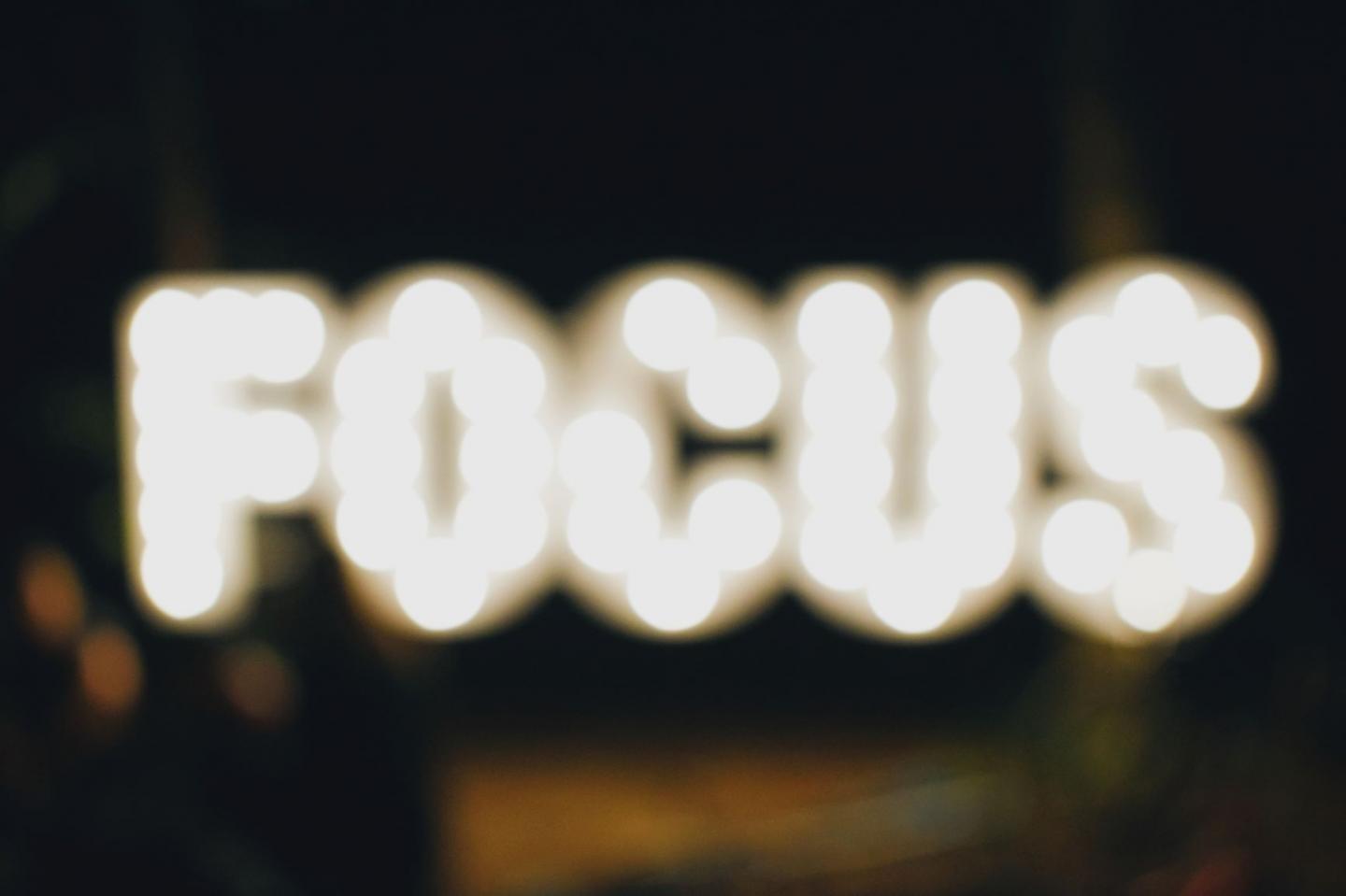
I am not unmotivated, I’m just easily overwhelmed.
Don’t get me wrong—I love taking on new challenges and I’m ambitious when it comes to tackling projects, but I’m not so great at managing several at once.
While overstimulation can be motivating to some, I don’t get my work done efficiently when dozens of deadlines and distractions are rattling around in my head. When my brain experiences sensory overload, instead of compartmentalizing everything individually, my system takes it all in at once and shuts down.
I may need your help prioritizing tasks and managing deadlines. It’s not that I want to blow off the work—I just need help organizing it.
I can really hone my creativity if I’m given a bit of direction.
ADHD is often LINKED TO CREATIVITY, and personally, it’s one of my biggest strengths. I love brainstorming, and I find myself speeding away with endless possibilities. But sometimes I need some guard rails.
If I’m given a project with no clear direction, I’ll come back with a book titled “1001 Ways to Creatively Approach This Project,” but no finished project. Which is great, because now I have a collection of ideas for everything under the sun, but I didn’t deliver on the task.
This direction and this structure might seem limiting or might seem like micromanaging, but to me, and most people with ADHD this structure actually unleashes the power of my imagination. It seems counterintuitive that my creativity blossoms in rigidity and organization, but once I’m given boundaries, I’ll thrive within them.
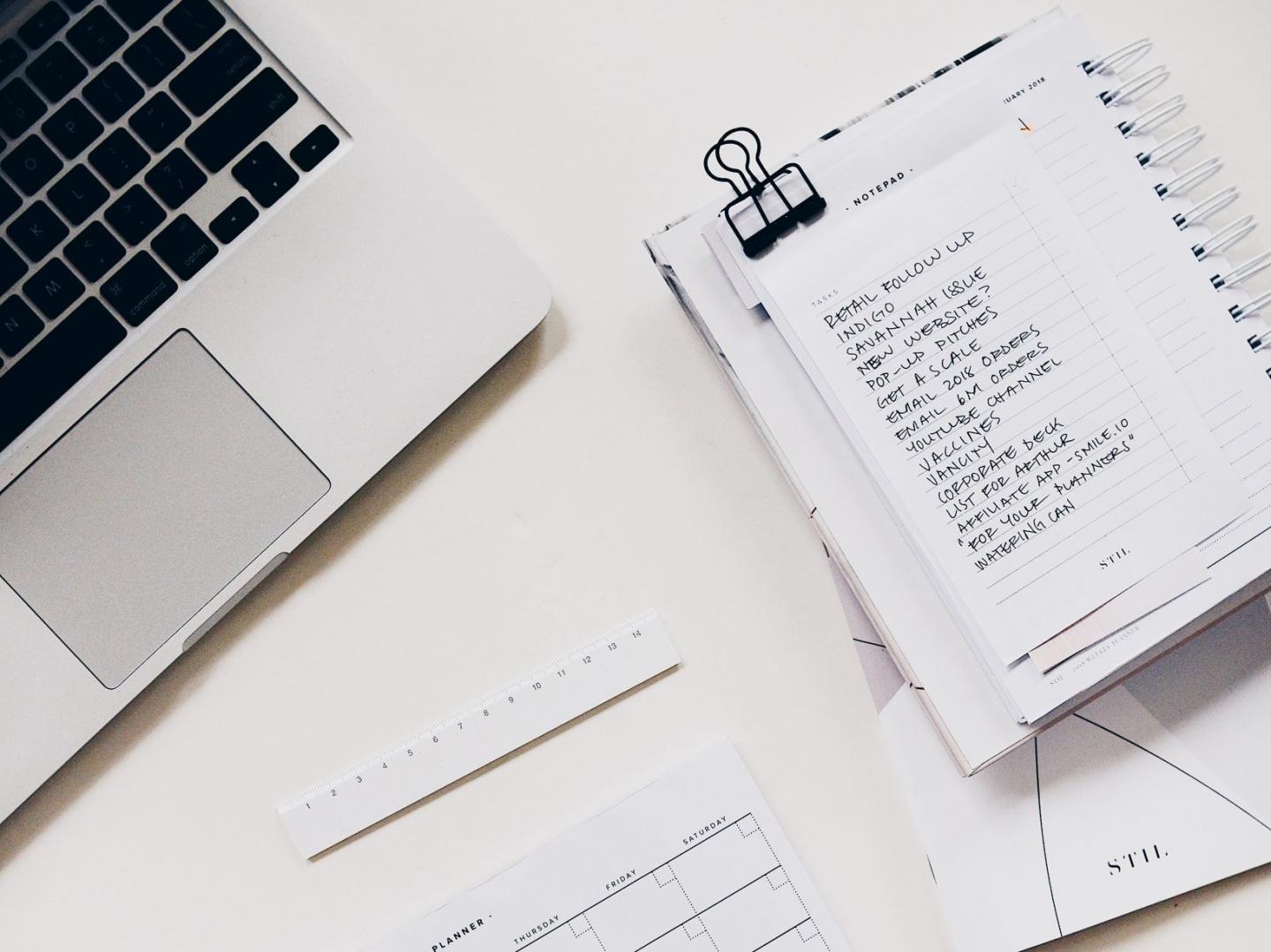
Change can be frustrating for me.
Because I tend to be unorganized and lack internal order, getting into a daily pattern at work helps me stay on task. Once I get into a groove, it’s easy for me to keep track of a mental checklist.
I work best when I have large chunks of time to hunker down with my work, because it takes me a bit to quiet my brain and focus my attention on something. GETTING INTO A ROUTINE is a way to regulate my ADHD symptoms. Last-minute changes or big transitions can often break my routine and leave my brain spinning, causing me to feel frustrated.
When I outwardly express my frustration, I know it can seem like I have a bad attitude or that I’m inflexible. Please understand that this frustration is likely directed at myself and my fear that if my flow is interrupted, everything will dissolve into chaos.
Sometimes a traditional work schedule and a traditional workspace aren’t the best for me.
The typical 9-5 schedule in an open office might not yield my best work, but that doesn’t mean I’m trying to opt out of doing my work—I’m just asking for flexibility.
Like most people with ADHD (ROUGHLY 67 PERCENT), I find it difficult to get a good night’s sleep. In the morning, it takes a bit for my brain warm up. It also doesn’t help that I have a terrible sense of time and sometimes get lost in what I’m doing, so I’m PRONE TO CHRONIC LATENESS (I promise I’m working on this).
It’s also hard for me to work in an open office setting, because everyone else’s conversations seem to be way more interesting than whatever I’m doing. There are times I might hole myself up somewhere or turn my headphones up to avoid distractions, but please don’t think I’m neglecting my work—I’m just trying to find a space that helps me focus.
There are some nights I bring my work home because even with the help of medication, I had difficulty getting it completed at the office. I experience “bursts” of productivity throughout the day, regardless of time or place, so this is when I get most of my work done.
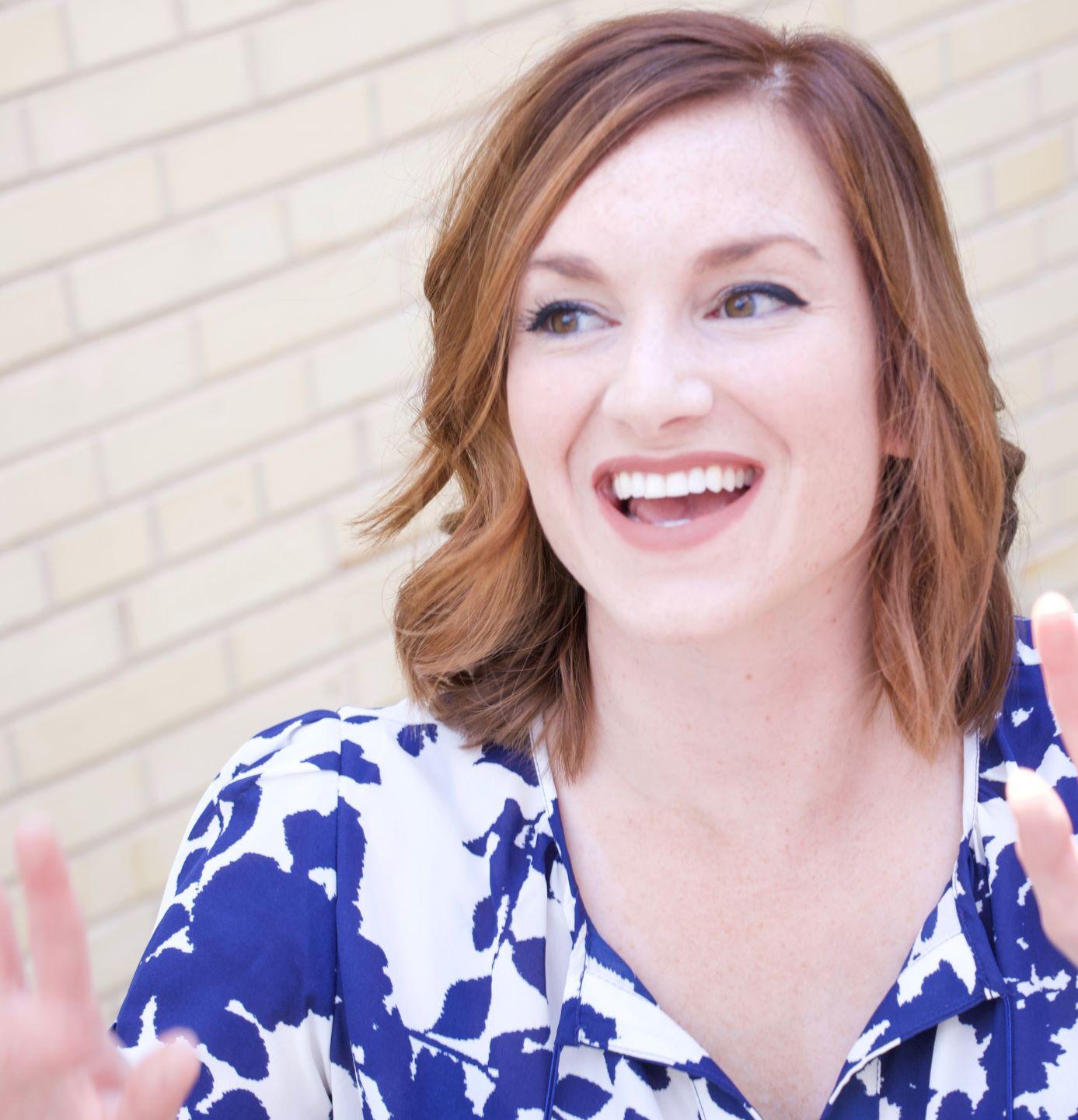
Just because I am easily excitable doesn’t mean I’m not serious about my work.
A blessing and a curse that comes with ADHD is heightened emotion—I feel everything from pure elation to absolute disappointment MORE INTENSELY THAN OTHERS. I experience emotional flooding, which means one emotion is so powerful to me that it “floods” out the other space in my head.
When I get excited about my work, it’s hard for me to hide it. I become hyperfocused on the source of excitement and openly express it to those around me. Because of these feelings, I have often been called “immature,” “childlike,” or “overzealous,” and have been told to “calm down” more times than I can count. These comments also have an impact on me, as these trigger intense feelings of insecurity and self-doubt, taking away the focus from the task I was excited about and centering it on these negative emotions.
I don’t want my enthusiasm to be mistaken for not being serious about my work. On the contrary—this energy stems from just how serious I am about my work and how eager I am to pursue a project I can be proud of and how valuable I feel when I’m contributing to my organization.
Join us this week in helping to #CureStigma
Published October 9, 2018.
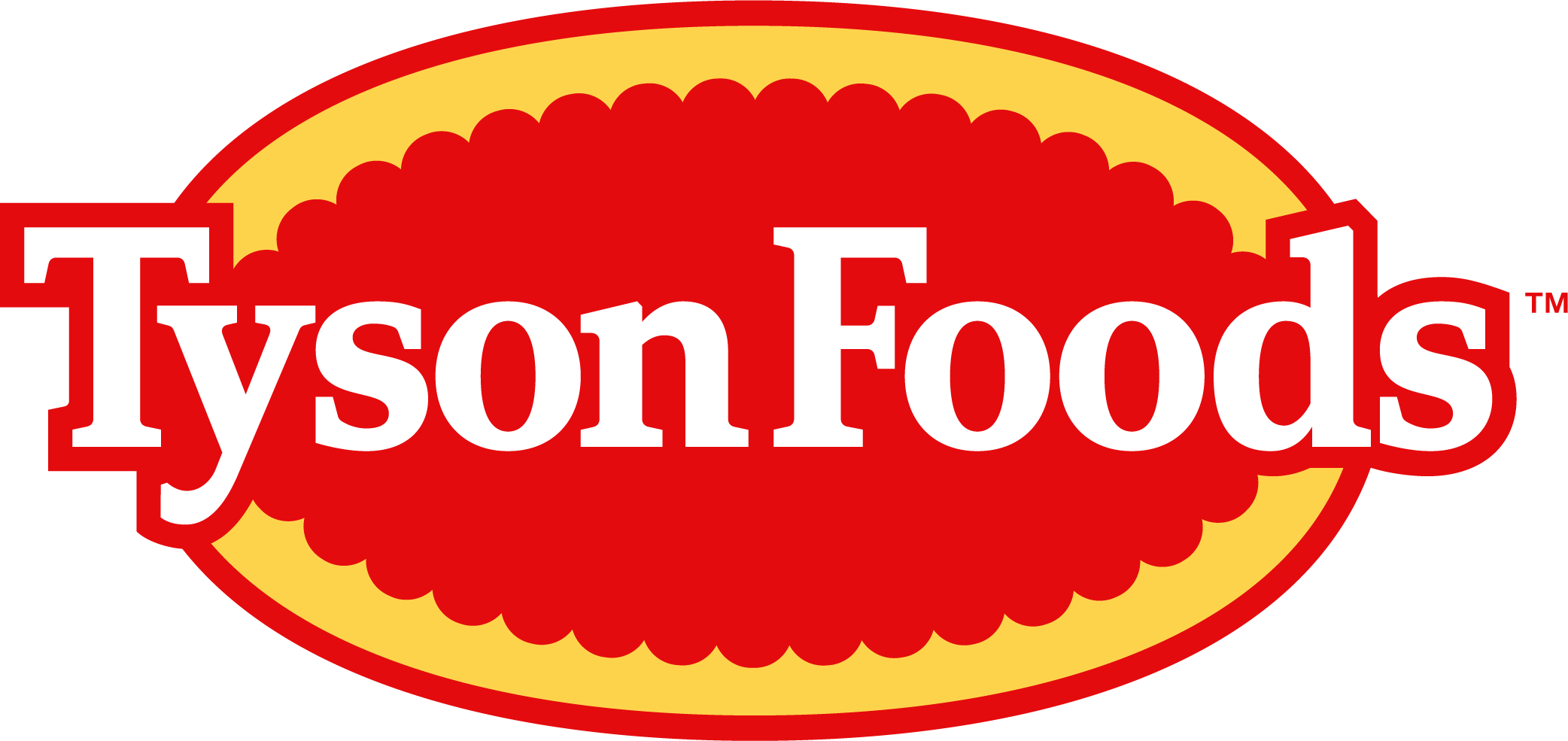
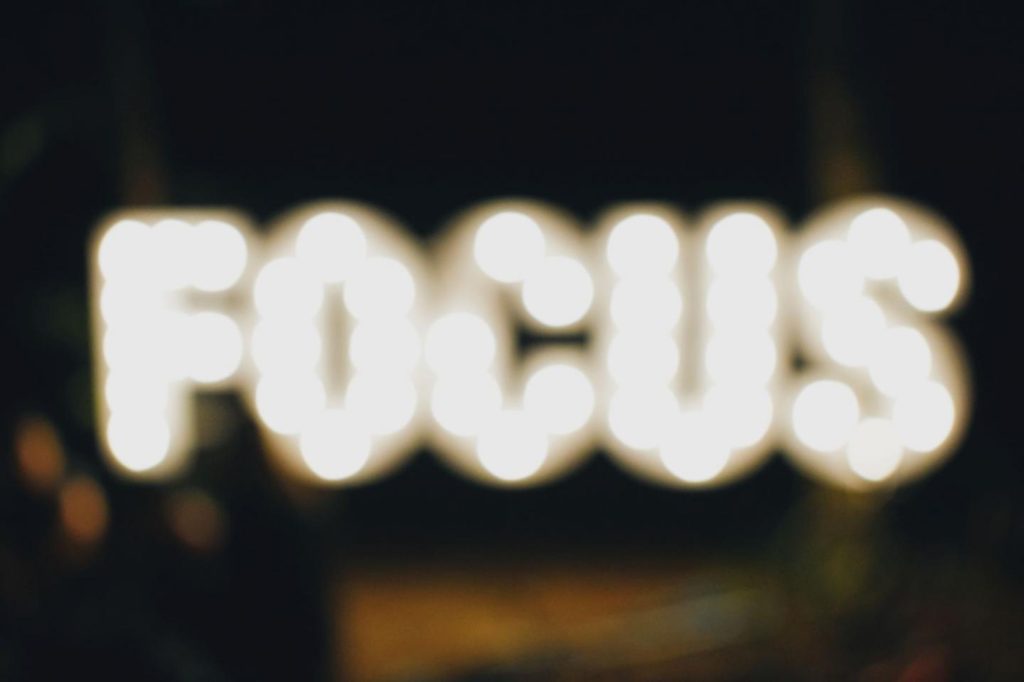





0 Comments
Leave A Comment